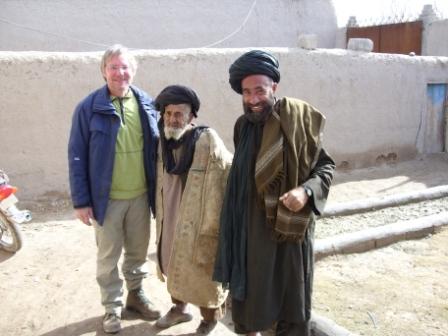Kort geleden ontving het Textile Research Centre Leiden (TRC) een heel bijzondere donatie voor de kledingverzameling. Het betreft een miniatuur (!) driehoekige steek (hoed), oftewel een tricorne. De hoed dateert uit 1796. Wij weten dat zo zeker omdat bij de hoed de originele verklaring was gevoegd dat de hoed gemaakt werd onder toezicht van het bestuur van het Hoedenmakersgilde in Leiden, als proefstuk van de leerling Hendrik Visser, gedateerd 27 december 1796. De hoed en het document zijn altijd bij de familie bewaard gebleven en nu terug naar Leiden gebracht. Het is uniek dat deze stukken bij elkaar zijn gebleven en zullen blijven.
Het TRC heeft een plan opgesteld voor de conservering van hoed en document. Daarnaast maakt het TRC een boekje over het hele verhaal van hoed, conservering, familie en geschiedenis en tenslotte een tentoonstelling.
CONSERVERING
De hoed is gemaakt van leer. Door uitdroging zijn enkele scheurtjes ontstaan. Een restauratrice van het Rijksmuseum te Amsterdam heeft de hoed bekeken en een voorstel gemaakt voor conservering en een methode voor het goed opbergen van de hoed. Het papieren document is inmiddels door Restorient (www.restorient.com) geconserveerd. Deze papierconservators raakten, net als het TRC, gefascineerd door de hoed en zijn geschiedenis. Bij de conservering werd het watermerk gevonden van Stolk en Reese, een Rotterdams papierbedrijf dat nog steeds bestaat. Dit conserveringswerk werd als donatie aan het TRC aangeboden.
PUBLICATIE
Als voorlopige onderwerpen voor een publicatie zijn genoemd:
- De geschiedenis van de hoed, de vorm in de historische context, de maker, de schenker.
- Het Hoedenmakersgilde in Leiden, het gildesysteem in het algemeen
- Familie Visser als hoedenmakers, hun relatie met stadsbestuur en het Heilige Geest of Arme Weeshuis.
- Verantwoording conservering.
Veel onderzoek is nodig, o.a. in de archieven van het Regionaal Archief Leiden. Het TRC gaat ervan uit dat in 2011 een publicatie (uitgever Primavera Pers, Leiden) en tentoonstelling mogelijk zal zijn.
BEGROTING
Conservering:
Hoed + speciale opbergdoos € 900,-
Documenten + opbergdoos € 250,-
Publicatie:
Onderzoek € 750,-
Beeldmateriaal, copyright enz. € 300,-
Drukwerk, 500 ex in Nederlands € 2.500,-
Totaal € 4.700,- (inc. btw)
Donaties voor het conserveringswerk en de publicatie van De Leidse Hoed zijn zeer welkom op rekening 2982359 van het TRC onder vermelding van "Leidse Hoed". Het TRC heeft de ANBI status, zodat uw donaties aftrekbaar zijn voor de belastingen.
 A TRC volunteer standing next to the Jordanian Thob 'Ubb, the largest dress in the world, on display in the TRC Gallery.A New Exhibition in the TRC Gallery
A TRC volunteer standing next to the Jordanian Thob 'Ubb, the largest dress in the world, on display in the TRC Gallery.A New Exhibition in the TRC Gallery













